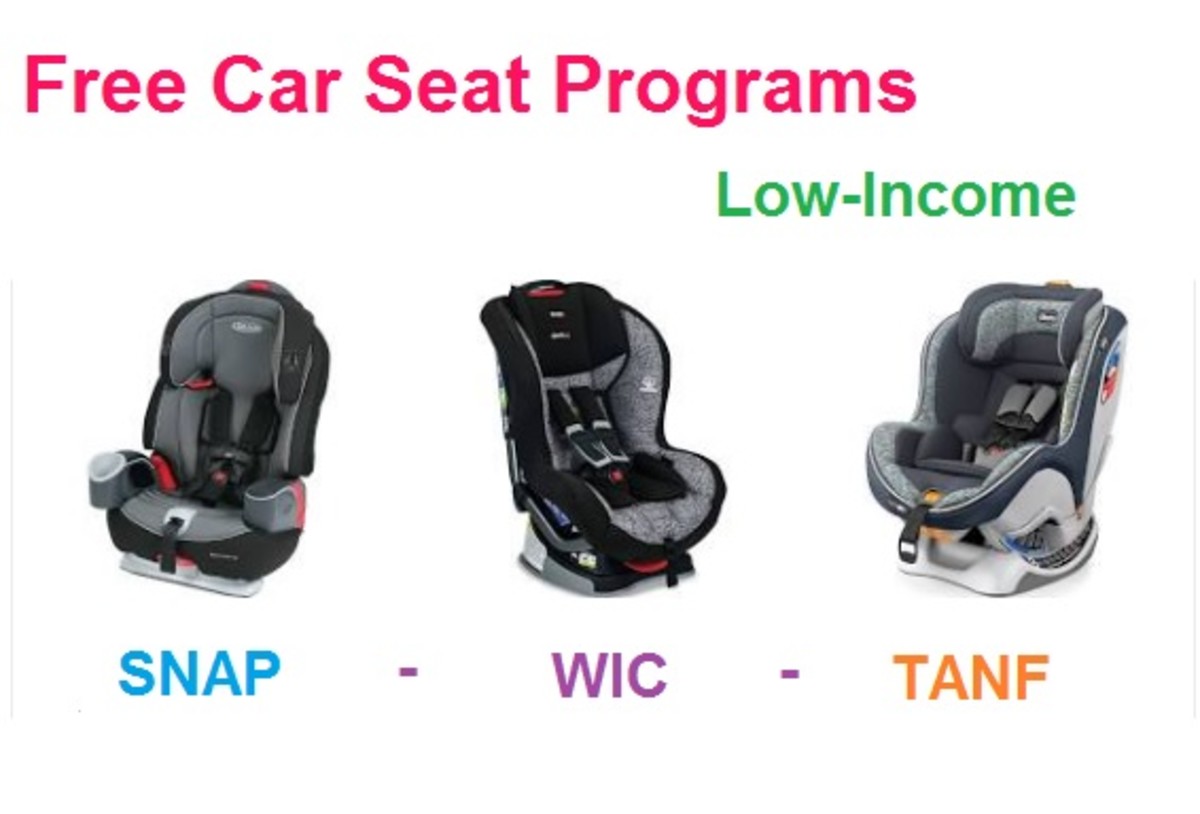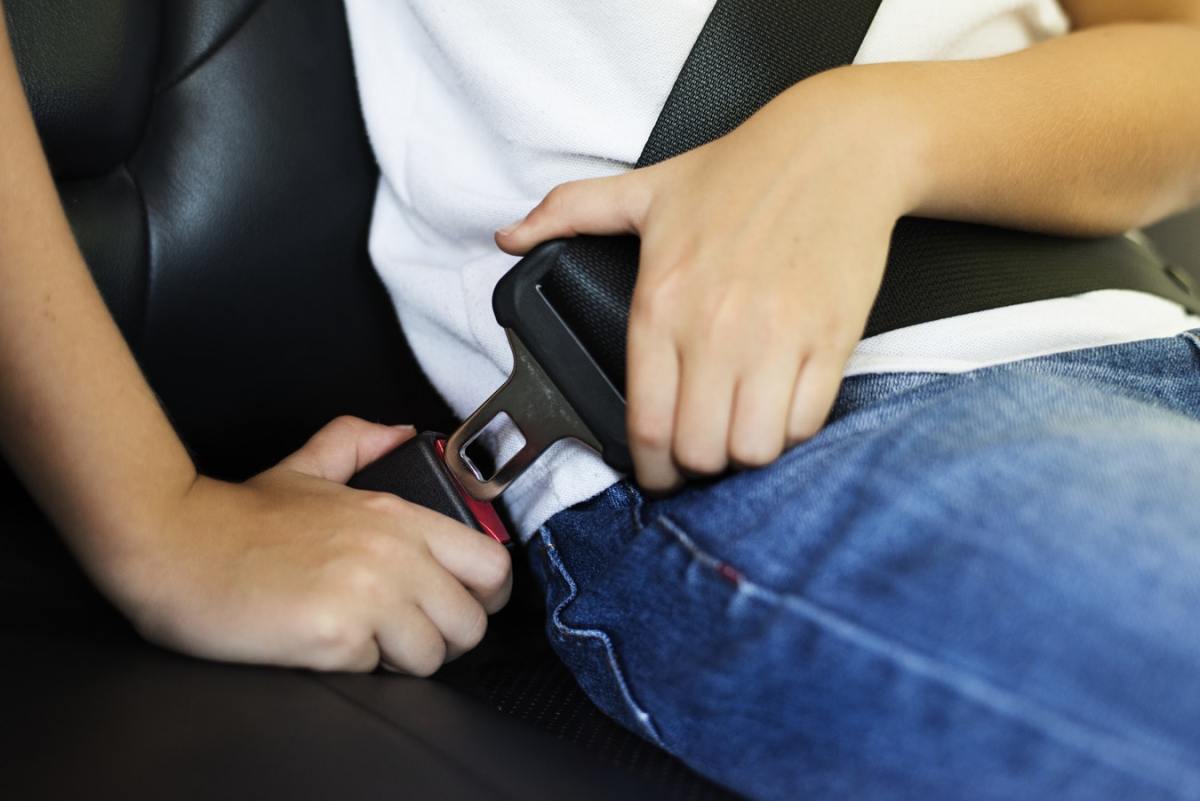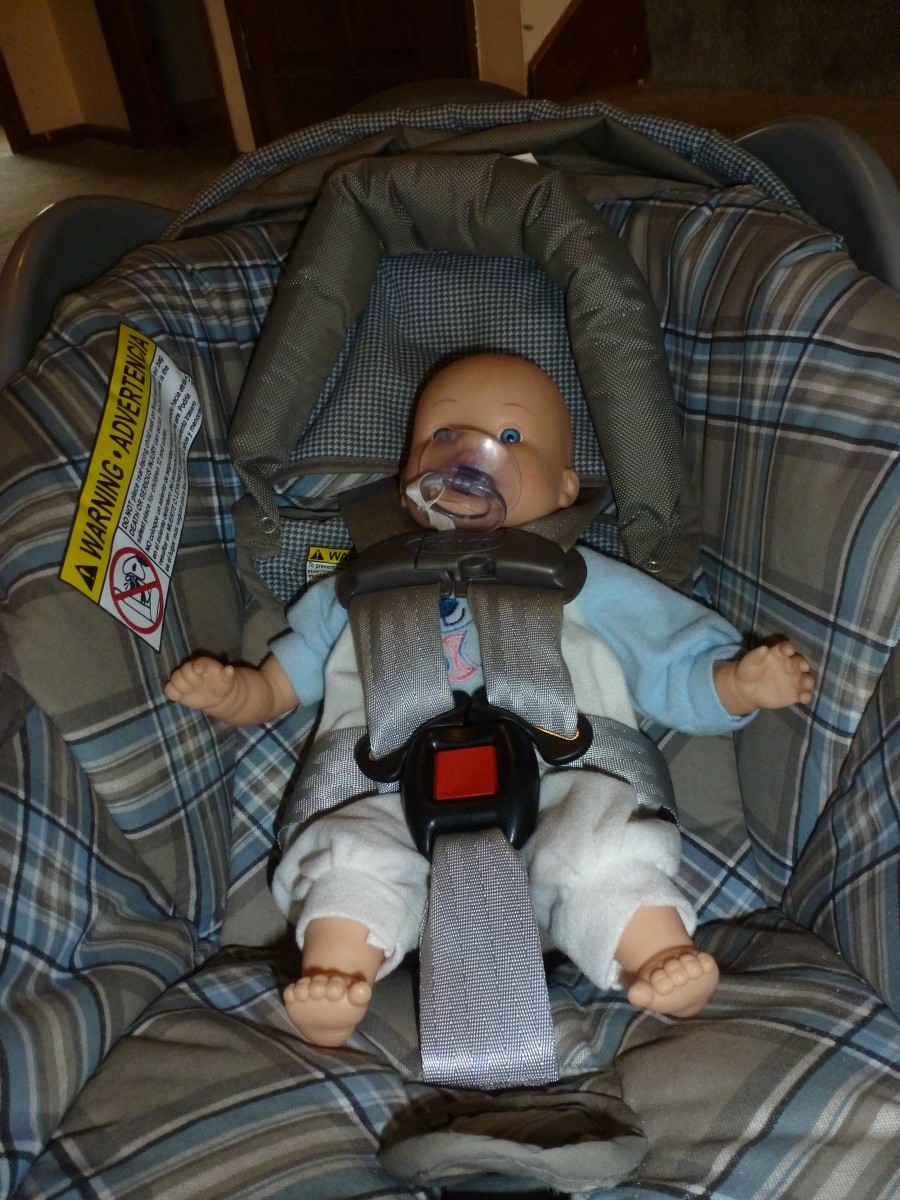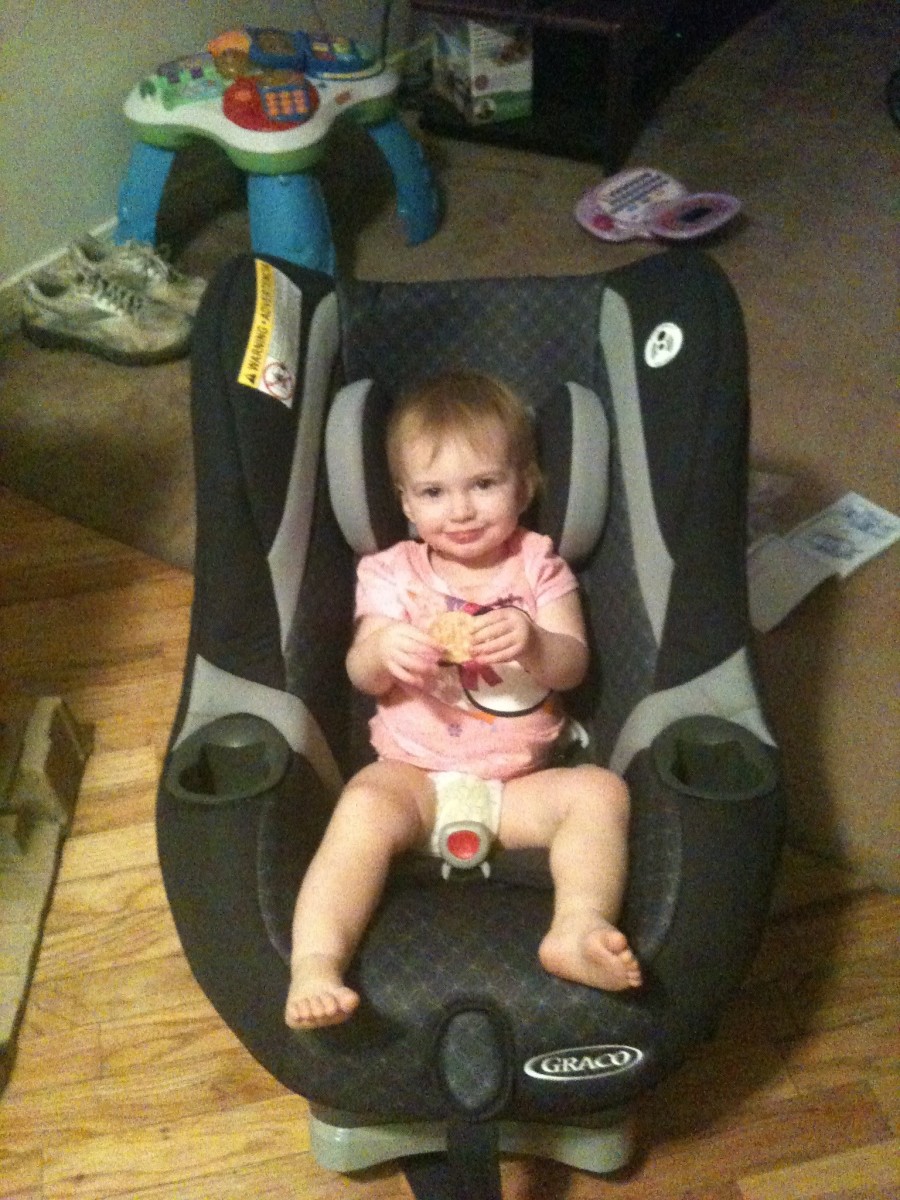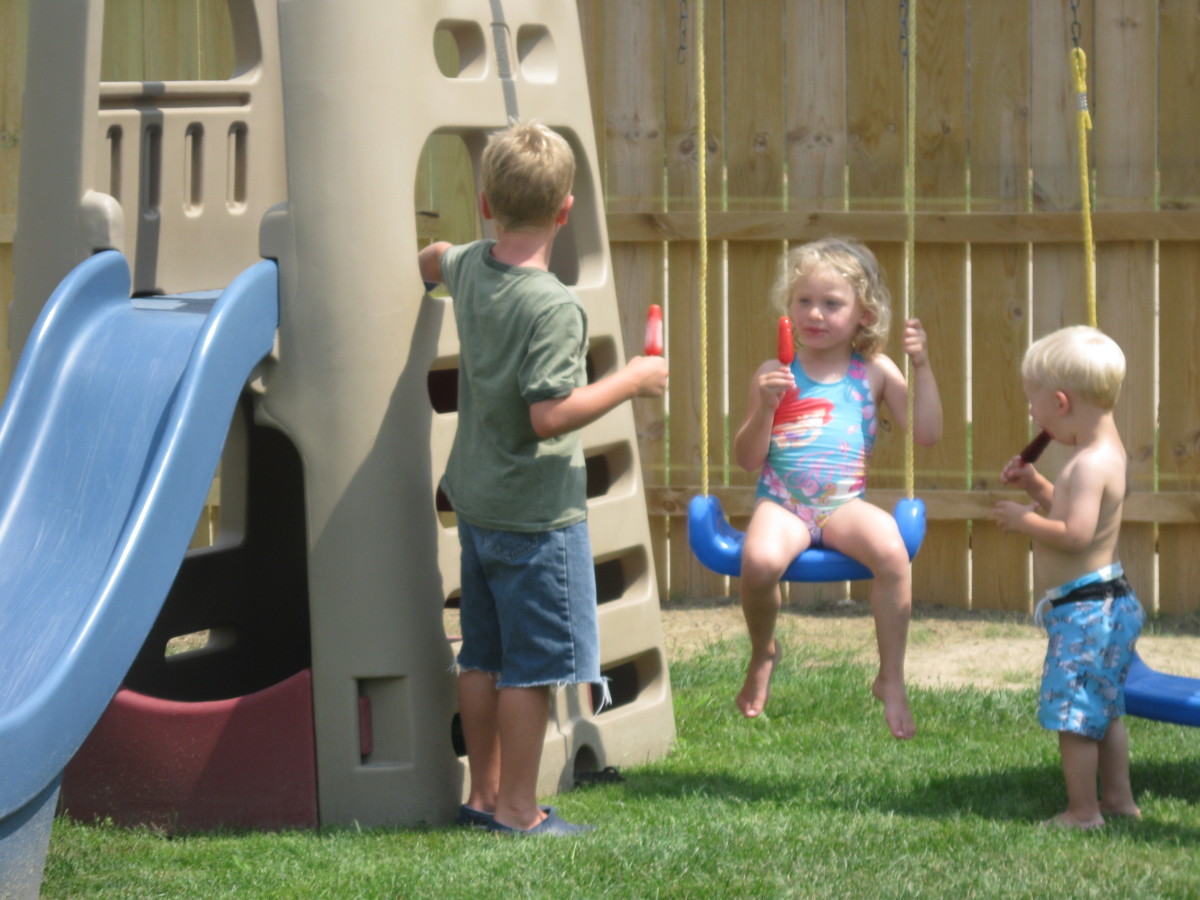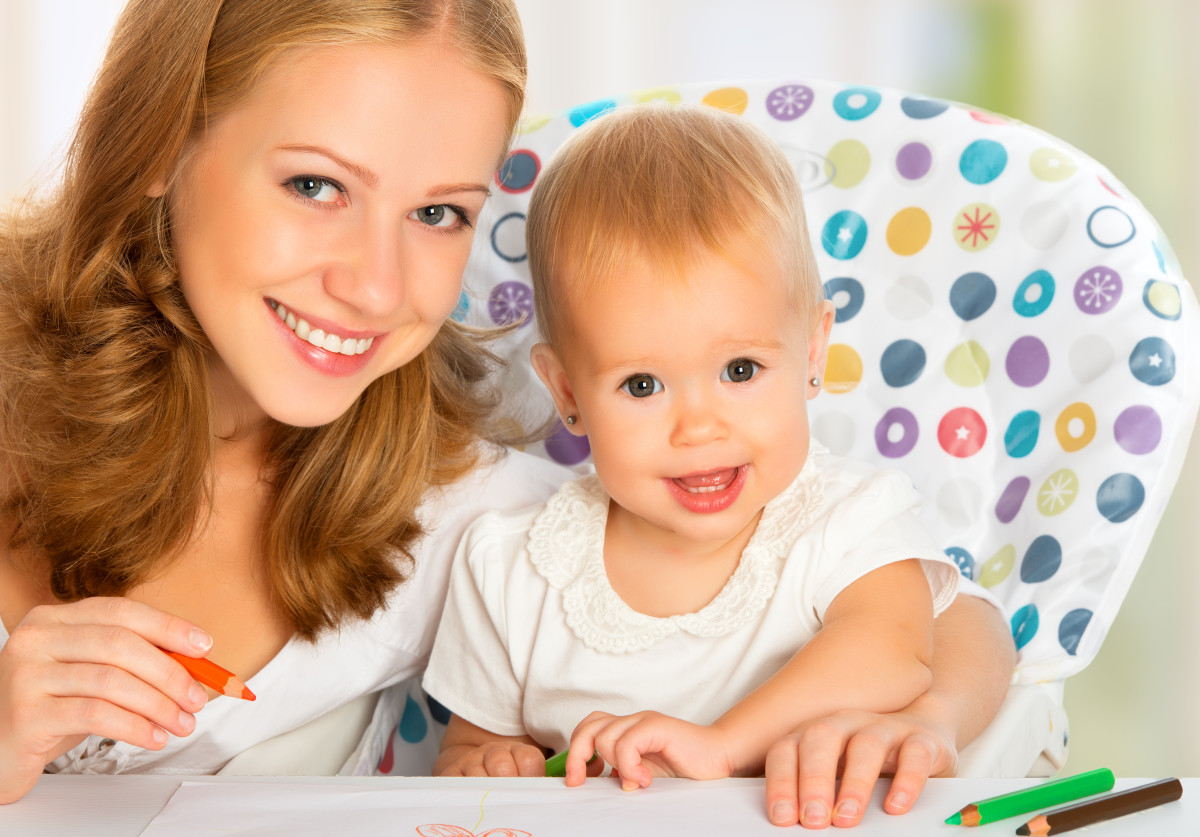What You Didn't Know About Car Seats And Should
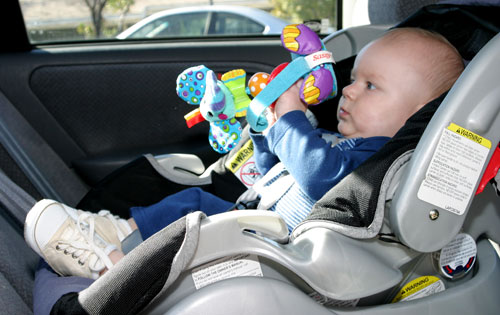
Child safety seats - knowledge is power
One thing that always comes with the summer for me is vacation time. Be it by plane, bus, train or car. For me my mode of transport this summer will be my truck. It's big enough for all passengers going and has ample storage room; but there is one thing that my faithful truck does not have and it may very well be one of the most important things; proper seating for my grandson. When I first started looking for a new car seat for my grandson I was not aware of all of the different kinds of seats out there. I guess I was amongst a lot of people that thought all car seats were relatively the same, this single thought was not only wrong but hazardous.Now it is up to me to do my homework and provide my precious cargo with only the best in safety.
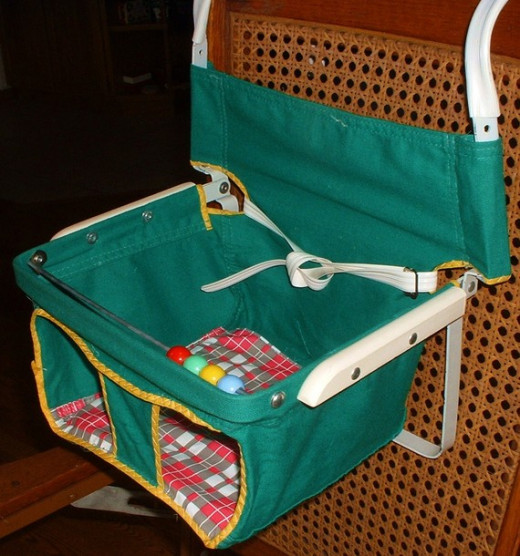
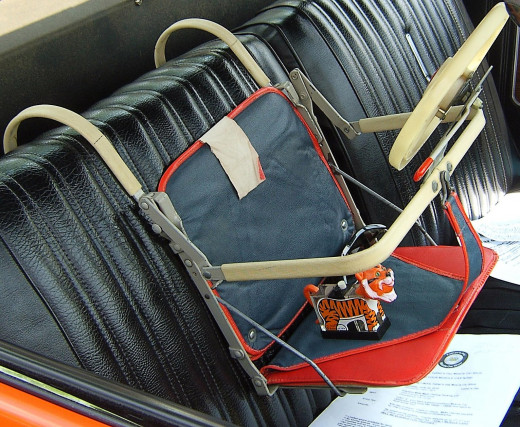
In the beginning
Early car seats were not made with safety in mind. They were more about keeping a child stationary and occupied their minds with a window view, they were more about restraint than anything else. The early seats elevated the child up high enough for the parent to be able to see them while they were seated in the back. This may aid the parent who is trying to keep their eyes on the road but it does nothing for a child's safety. In 1933 the first child seat was invented by the Bunny Bear Co. Note that I did not say the first child safety seat; the Bunny Bear car seat was a booster seat not designed to protect the child against collision, it was about keeping the child seated. It was not until 1962 that Jean Ames of England designed the first child seat with the child's safety / protection in mind, it was a rear facing seat.
I do remember when seat-belt enforcement began in 1968 and all of the petty complaints that people had like " the seat-belt will wrinkle my suit". It was not until I first witnessed the horror of impact that forced me to always put my belt on. Even after impact protection car seats were designed for kids, because of ignorance/lack of knowledge or poor delivery of that knowledge the general public did not see the overall benefits in child seats designed with safety in mind. Well into the 1980s only half of all children were in the required safety seats. In many countries today car seats for infants and children are mandatory. Booster seats for older children are required as well.
I come from a generation of people that did not enforce the use of car seats. There were 10 of us and mom always had at least 2 kids in diapers. It was up to the bigger kids sitting in the back to hold our younger siblings on our laps. I remember that my favorite seating position was on the floor in the back of the car. I loved to feel the roar of the engine and the roller coaster feel as we would drive over bumps in the road. Little did we know the danger that we were in.
Did your parents buckle you up ?
Infant/children safety seat facts:
- Rear facing infant seats are forbidden in the front seat of cars due to the head injuries or death that could occure if the airbags deployed.
- When not a passenger in a car, infants should spend a limited time in their car seats. This is due to the positioning of an infant's head which tend to slump forward (normally) while in their car seat, this can also be due to improper positioning as well as installation. Due to the head positioning the infant slowly looses oxygen or their oxygen intake is diminished.
- According to Wikipedia and I quote:"The American Academy of Pediatrics says to "make sure the seat is at the correct angle so your infant’s head does not flop forward. Many seats have angle indicators or adjusters that can help prevent this. If your seat does not have an angle adjuster, tilt the car safety seat back by putting a rolled towel or other firm padding (such as a pool noodle) under the base near the point where the back and bottom of the vehicle seat meet." Safety seats come with an instruction booklet with additional information on the appropriate angle for the seat."
- Properly used car seats can reduce the risk of death by as much as 70%.
- Over half of all car seats are improperly installed. PLEASE take the time to read the directions and install your child's seat properly, or ask for help.
- Never buy a used car seat from someone that you do not know. Once a car seat has been in a crash it should be replaced. Just as you may want to know a car's crash history do the same for the car seat as well.
- Children's car seats come with an experation date. You may never know how old a used seat may be. This experation date is not about the manufactuor making money at your exspense. There are valid reasons such as the natural wear and tear that all things go through; nothing last forever. The car seat base is one of the first things that may show this wear by way of very fine fractures at the base of the seat which cannot guarentee safety if a collision occurs. Each year improvements are made that can better guareentee not only the safety but the comfort as well. The experation and or manufacturing date may be stamped on the car seat base, it is usually six years after manufactuing
Car safety seats and proper usage
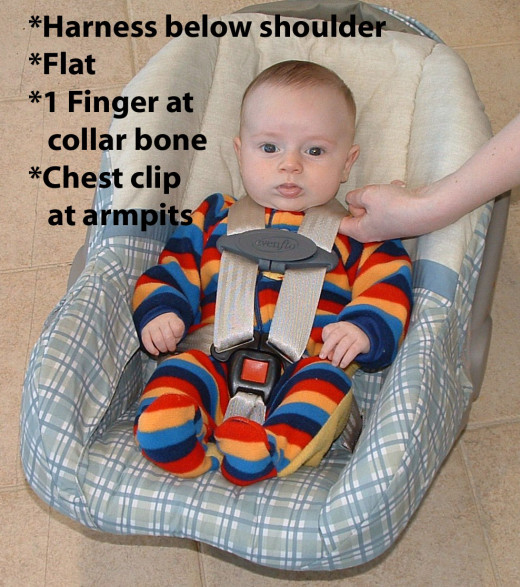
Although there are many different kinds of safety seats out there, they all have one major thing in common and that is, they are suppose to be keeping our little ones safe. While shopping for a car seat you might hear terms like Stages, Groups..... I feel more comfortable with expressing what I don't know in terms that I know. Height and weight are the two factors for me when shopping for a new car seat. My grandson is three years old but he is the size of a chunky five year old. Make sure that you have all of the information before making this investment. Safety seats work only if used properly. They keep our children
Rear facing car seats:
For most parents this is the first seat that their child will use. This seat is also my favorite because of the security that I felt when my daughter was properly secured in it. Rear facing are recommended for newborn to 12-15 months of age ( 29 lbs or 13 kgs ). Rear facing seats provide better protection/comfort for your baby's head as well as their neck and spine. Keep your loved one in this seat for as long as possible until their weight dictates otherwise or the top of your child's head is above the top of the safety seat. There are also rear facing seats for older children.
Forward facing safety seats:
This seat is designed for kids weighing 20-40 lbs. ( 9-18 kgs.) from 9 months to 4 years.
Booster seats/ Booster cushions:
Only move your child to a booster seat after they have exceeded the maximum weight of their old seat or they have grown too tall. This seat is recommended for kids 33-79 lbs. ( 15-36 kgs. ) ages 4-6 years of age.
Convertible safety seats:
If an all in one is what you are looking for look no further than the convertible seat. It will take you from the rear facing infant seat, graduating to the forward facing seat as your child gets older; up into the final destination of the booster seat. In the long run this seat is very cost effective because you would only need a single purchase to cover your child's safety seat needs.
Safety seats work only if you use them, car accidents are the leading cause of death in the United States for children ages 1 - 12 . A proper, well installed seat will obsorb some of the crash impact if you are in an accident; and distribute the impact force more evenly over your child's body. Knowing that my child will not be thrown about in the car or be ejected through a windshield during a crash is enough reason for my child as well as myself maintain proper restraint while traveling.
Child safety seats are not just for the car but the plane as well. The AAP ( American Academy of Pediatrics ) and the FAA ( Federal Aviation Administration ) recommend that children under 40 pounds use a safety seat. It is not recommended that you hold your child in your arms. You cannot guarentee safety in times of turbulence.
Warning:
Always remember, never leave your child unattended in a car. We may think that we will be right back but the real world is full of surprises. Dashing into a store could take longer or a conversation could distract us longer than we think. In a matter of a few minutes we could put our precious ones in serious danger.
Places referenced:
© 2013 Loveofnight Anderson


